Last Updated on January 6, 2021 by Robert Price
How do you like your finasteride?
If you’re like most people, you probably don’t care how you get it, as long as it doesn’t break your spirit or your favorite body part. My goal with this article is simple: to cover everything you need to know about topical finasteride, perhaps the best alternative to “the pill” at this time.
In this detailed but reader-friendly post, I will:
- Review the studies and research on topical finasteride in plain English.
- Compare the side effect profiles of topical vs. oral finasteride.
- Compare the treatments based on effectiveness.
- Help you determine whether you should make it yourself or use a compounding pharmacy.
- Briefly talk about some of the alternatives to topical finasteride.
- Offer my educated take on topical finasteride based on my thousands of hours of experience as a hair loss researcher and consumer advocate.
- And more.
Without further ado, here are the ten things you should know before you consider using topical finasteride for hair loss.
1. It Hasn’t Been Studied Extensively
There haven’t been a tremendous number of studies to validate the effectiveness of topical finasteride as a hair loss treatment. Unlike oral finasteride, which is an FDA-cleared medication, the topical treatment hasn’t been subjected to long, extensive trials with thousands of patients. But nevertheless…
2. The Early Results are Promising
While the data is somewhat limited, a 2009 Indian study with 45 patients did find that topical finasteride was a viable hair loss treatment option. The study was double-blinded and lasted for six months. Half the participants were given oral finasteride + a placebo topical; the other half were administered topical finasteride plus a placebo pill.
At the study’s conclusion, researchers evaluated the subjects based on overall hair counts, as well as the size of their bald areas. Ultimately, the team concluded that both groups — oral and topical — saw similar results
In a 6-month, 2018 Thai study with 40 patients, the effectiveness of a topical finasteride-minoxidil blend was reviewed. Researchers split the study into two groups, comparing the effectiveness of the finasteride-minoxidil (3%) topical treatment vs. a plain, 3% minoxidil formula.
At the study’s conclusion, the team found that 90% of patients treated with the combined solution saw either a moderate or marked improvement in their symptoms. Perhaps more significantly, the treatment had a minimal effect on serum (internal) DHT levels and was well-tolerated. You can see the microscopic results from the study below.
From Baseline to Six Months
Patient Transformations – Topical Finasteride + Minoxidil
The Data – Changes in Density and Overall Improvement Rate
Finasteride + Minoxidil Group = Yellow. Minoxidil Group = Blue.
This was a small study. Too small to draw any long-term conclusions about the efficacy or safety of topical finasteride. But it certainly demonstrated the potential of the treatment and highlighted the need for additional studies.
3. May Have Less Side Effects Than Regular Finasteride
In 2015, Swiss researchers compared oral and topical finasteride’s anti-androgenic properties, both internally and locally (on the scalp). The results were surprising and prompted many hair loss sufferers (and doctors) to research the topical treatment further.
Keep in mind, this two-part study had only 18 participants in the first part, then 32 in the second part.
That said, the team found that the group taking one dose of topical finasteride per day only had their serum (blood) DHT levels suppressed by 24-48%. The group receiving oral finasteride, comparatively, saw around a 75% reduction in their serum DHT levels.
In theory, less internal DHT suppression should mean less side effects overall. Moreover, the researchers found that topical finasteride suppressed scalp DHT levels more efficiently than the oral medication, leading them to speculate it may be a superior option.
Let’s dig into the data from this study a little bit more, because it’s interesting albeit hard to decipher (especially if you spaced out while attempting to learn the metric system like I did). I’ll keep this section as idiot-proof as I can.
If you aren’t a hair loss nerd like me, feel free to skip ahead. Otherwise please continue, or see my topical finasteride video below for a basic overview.
The study was split into two parts as I said, testing the effectiveness of various dosages of topical finasteride vs. oral finasteride. The second part of the study was a bit more illuminating, so that’s the main part I’m going to highlight.
The researchers compared 5 different dosages of topical finasteride, based on each treatments ability to suppress serum (blood) and local (skin) DHT levels. They used a .25% topical finasteride solution. Here were the dosages administered in the study:
- 1 milliliter– That’s a potent 2.275 milligram dose of finasteride, over twice what’s typically prescribed orally for hair loss.
- 400 microliter dose. That’s a .91 milligram dose, almost the same as the standard oral dose for hair loss. For my fellow ignoramuses, there are 1,000 microliters in a milliliter.
- 300 microliters– About a .68 milligram dose.
- 200 microliters – .455 milligrams, close to half dose.
- 100 microliters – .2275 dose, close to a quarter dose.
A Chart – Scalp DHT Suppression (400, 300, 200, and 100 microliters, plus Tablet)

Ul = microliter. The results from the first study were also highlighted. Notice the 1 ml dose group. That’s a potent 2.275 mg dose of finasteride.
So it appears that both treatments, oral and topical finasteride, effectively reduced scalp DHT levels. In the first study, the 1 ml dose was most effective.
Oddly, the smallest dose (100 microliters, about a quarter of a dose) lowered scalp DHT levels by nearly as much as 1 mg. of the oral medication. That’s not what you’d expect, obviously.
More on that in a minute. But first, let’s look at the serum DHT suppression rates in the topical finasteride group.
Serum (Internal) DHT Suppression – Indicated in Dark Gray
As I said, the team found that oral finasteride lowered serum DHT levels by 75%. None of the topical treatments reduced DHT levels to that extent. Ultimately the team concluded that further studies were merited, as they believed topical finasteride may yield better results with less side effects.
Potential Issues with This (and Other) Topical Finasteride Studies
Sample size is the #1 issue. There are plenty of others though. I’ve also observed some peculiar stats in many of these studies. Why would a .23 milligram topical dose reduce scalp DHT levels by as much as a .91 milligram topical dose? That doesn’t make sense.
Additionally, only a 5% drop in overall serum DHT was observed in the Thai study listed above. 24% was the minimum drop in this one. So the data may be unreliable, as is often the case when we have a limited amount of research to evaluate. But I still believe the early research is encouraging and hope to see more studies in the near future. Moving onto the next section…
4. You Can Make Topical Finasteride Yourself
I’m certainly no doctor, but I’ve read enough on the subject to know that some doctors do indeed advise their patients to make their own, DIY batches of topical finasteride. Note – I am not advising you to do this. Talk to your physician.
That disclaimer aside, I’ll just briefly review the most basic — and perhaps most popular — DIY topical finasteride formula I’ve seen online.
Topical finasteride + Minoxidil
It should be noted that you’ll need a “vehicle” to deliver the topical finasteride to the scalp. Most people seem to prefer using minoxidil for this purpose, as the vehicle comes included in the formula. Accordingly, the mixing process is very straightforward with minoxidil and (mostly) idiot-proof.
To create a 0.1 topical finasteride solution, which will deliver approximately a 1 mg. dose per day if you apply it once, first you’ll need to crush 60 mg of finasteride.
Whether you crush 60, 1 mg pills or 12, 5 mg proscar tablets, the end result will be the same. A pill crusher would probably be the easiest tool to use for this step, but I’ve also seen people use hammers and other tools. The choice is yours.
Then, in preparation for mixing, you’ll pour your minoxidil (2 ml bottle) into another jar or bottle with a lid. Add the pulverized finasteride and shake vigorously for 10 minutes. Let it sit overnight, pour the solution back into the minoxidil bottle, then you should be good to go.
Apply once per day or as directed by your physician. If you want to use minoxidil twice per day, as is the recommended dosage, then you can use a different bottle for your second dose, if desired.
Related reading: Finasteride, Minoxidil, or Both? Six Factors to Consider in Your Treatment Plan
5. Also Available Via Compounding Pharmacies
Many doctors will advise you to get your topical finasteride manufactured by a compounding pharmacy, as this will ensure proper stability, etc. I know, doctors….always a buzz kill. Seriously though, if you can afford it, this would probably be the ideal way to obtain your topical fin supply.
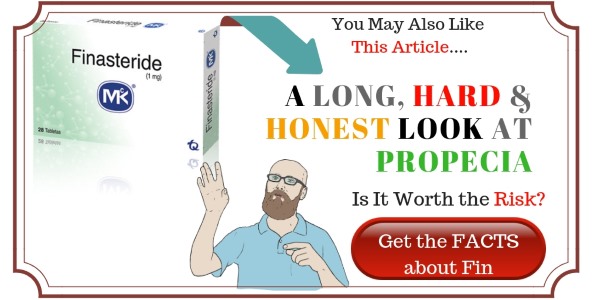
To learn more about the pros and cons of oral finasteride, check out my in-depth and unbiased finasteride review.
6. May Cause Birth Defects
If you have a wife, mistress, girlfriend, or all of the above and any of them are of child-bearing age, you should definitely keep your finasteride away from them as the medication may cause birth defects.
7. Some Doctors Make Their Own Proprietary Blends
You’ll find them pretty easily via a google search.
These proprietary, topical blends tend to be expensive, FYI, but it seems that many patients have reported favorable results with them, so they may be worth a look.
Certain geographical limitations may apply — e.g. the doctor only provides prescriptions to people in the state they practice in.
8. Sometimes Recommended when Oral Finasteride isn’t an Option
While oral finasteride is still a gold standard hair loss treatment, and thus, preferred by most physicians, many will recommend the topical version to patients who are either hesitant to use oral finasteride or who have experienced side effects while on the drug.
Low-dose finasteride is also an option, as a .5 mg daily dose of finasteride is roughly 80% as effective as a full dose and may yield less side effects.
RU58841, a promising but somewhat controversial, “experimental” treatment, is another topical remedy for hair loss that some users have reported success with. I don’t recommend it on this site because I believe it has a questionable safety profile.
9. The Ideal “Vehicle” Is Still Unknown
In a 2018 review of topical finasteride’s past studies, a team of doctors ultimately found that topical finasteride was a promising treatment of the future for AGA.
However, they also noted that the ideal vehicle (gel or liquid, for instance) for delivering the finasteride was unknown.
10. Topical Finasteride Side Effects Still Possible
While theoretically your risk of developing side effects should be lower with topical finasteride, side effects still may occur. Sexual side effects in the initial Propecia studies were reported in about 1-2% of users, though the actual rate may be much higher due to the so-called “nocebo” effect.
Users have anecdotally reported similar, sexual problems on the topical version of finasteride. Dermatological side effects such as redness and general irritation are also possible.
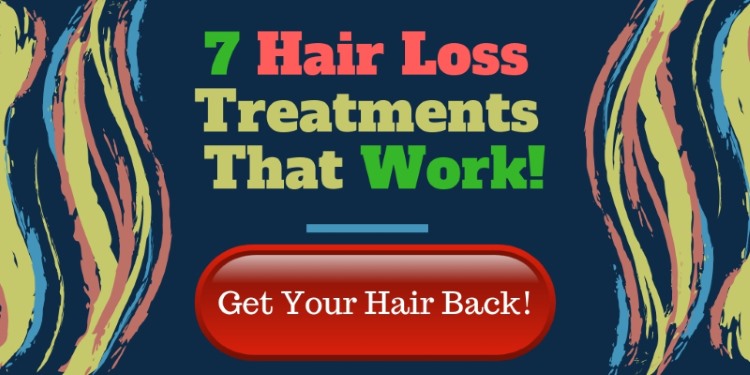
To learn more about the best ways to ATTACK balding in 2021, see my in-depth hair loss treatment guide, which contains no snake oils or “miracle” cures.
Does Topical Finasteride Work? My Take On It
I like this option a lot, personally, as someone who’s reluctant to alter their androgens internally. There’s research to indicate topical finasteride works to some extent, and the fact that many physicians prescribe it is also evidence to merit its efficacy. I’m skeptical at the same time. My opinion: I doubt it’s as effective as regular finasteride, contrary to what researchers found in the 2009 study, but I do believe it can unquestionably slow the progression of pattern hair loss. But enough about me.
How do you like your Propecia? Share your preference in the comment section.
While you’re here, you may also like these articles, hand-picked by me:
- A Long, Hard, and Honest Look at Propecia – Is It Worth the Risk?
- Low-Dose Finasteride – Everything You Need to Know
- Minoxidil vs. MPB – Who Wins?
- RU58841 – All The Cool Kids are Using it for Hair Loss “Research.” Should You?
Robert Price is a writer, consumer advocate, and hair loss researcher with thousands of hours of experience in the field. His goal is to keep you out of the hair loss rabbit hole, underworld, or whatever you want to call it. He founded Hair Loss Daily, the unbiased hair loss blog, in 2016. You can learn more about Robert in the my story section of this website.
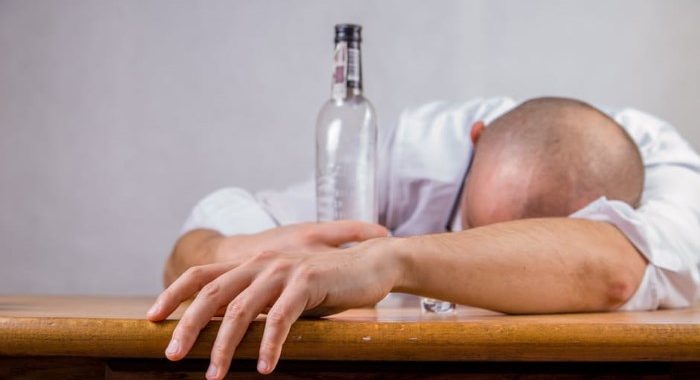
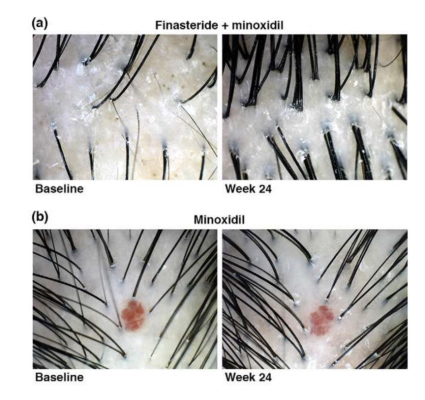
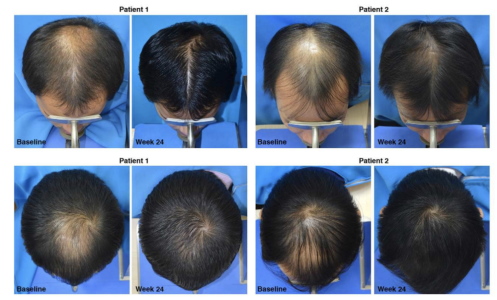
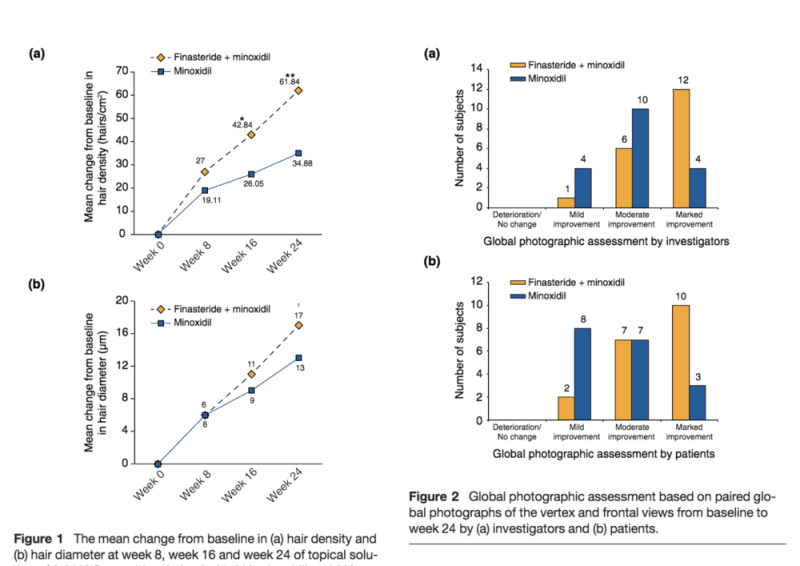


I started using rogaine in 2020 when I was 23, never noticed much improvement to hairline in 2 years, but didn’t get any worse either. Then came across min/fin topical solution from a site here in Canada, same concentration as the one by hims.
Been using it for 2 months now instead of rogaine… so far no visible improvement to hair, and was also having zero side effects (this was my first time taking finasteride) but recently started getting a weird sensation in my right testicle. Very scary at first since it started with random bursts of pain to the testicle , only lasted 2 days, but now i feel a slight weight or very mild ache on my right ball still.
It’s been about a week into this ball ache, thankfully not painful but still very uncomfortable and concerning. Not sure if this feeling is related to the topical fin, but thankfully have had no ED problems at all, have been getting full erections even during these past few days with ball ache.
I have read on this site that ball aches can be very common with finasteride pills, so I assume it could be possible with topical version as well, and therefore “normal”… should go away on its own soon, but i will continue to monitor these sides and quit if it persists, perhaps go back to simple rogaine. Thank you for your articles and your work!
Thanks for your kind words, Carlos. Yeah, the ball ache is a common side effect, unfortunately. Best of luck to you and please talk to your doctor if you’re concerned and/or if the symptoms continue for much longer.